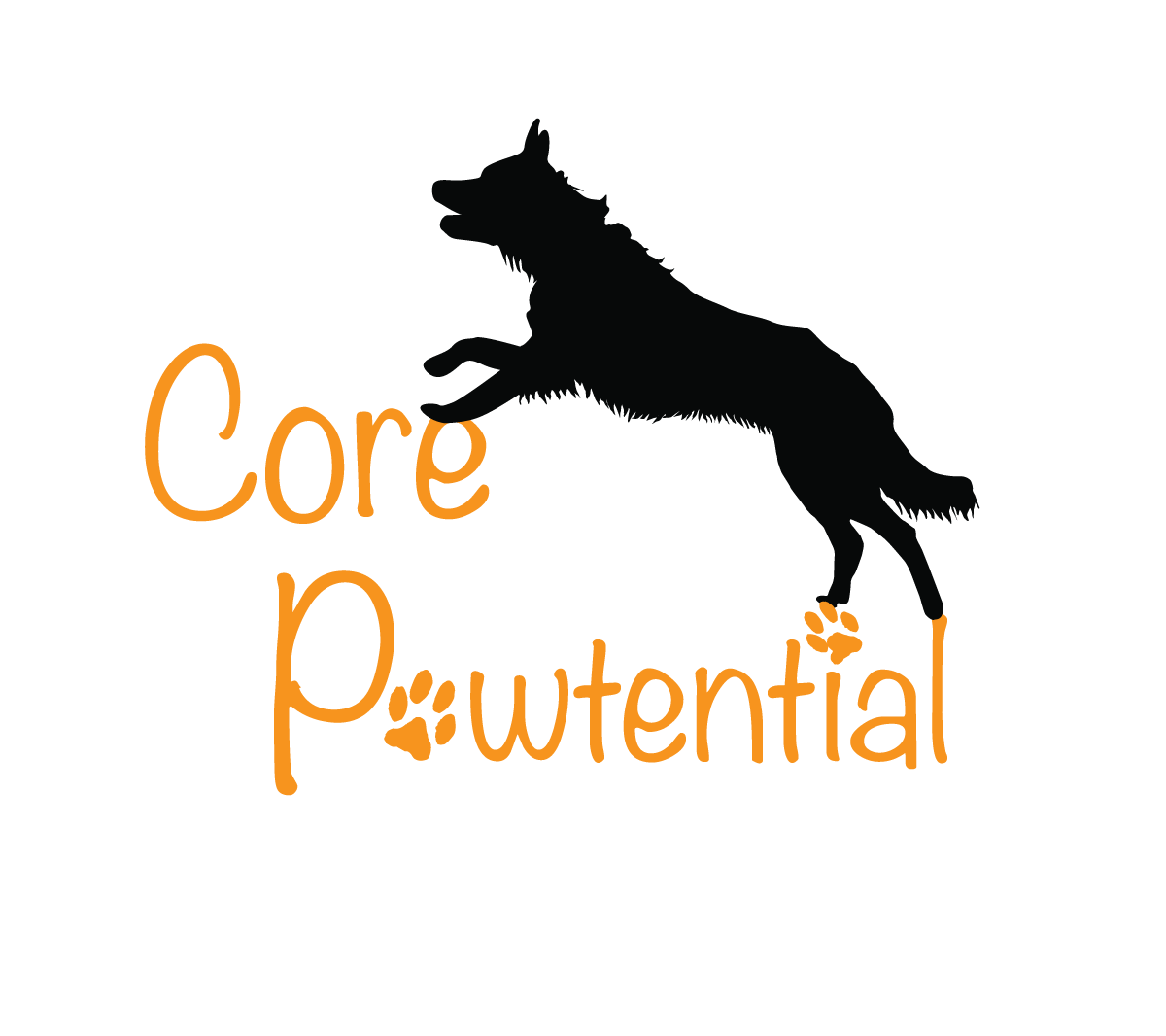Practice makes HABIT
Practice does not make perfect. Practice makes HABIT.
This is one of the reasons why we put such an emphasis on good form in canine fitness. By focusing on good form, we are targeting the specific muscles we want to strengthen. Our dogs learn how to execute the exercise correctly, and we are able to help them improve their overall condition.
However, if we keep practicing the exercises without focusing on good form, we may not be targeting the muscles we want to strengthen. Although our dogs may still be able to perform the exercise, they may be compensating and/or working with poor posture. In fact, their "weaker" muscles may be further weakened, and they may learn to compensate more effectively.
Practice good form encourages the activation of the correct muscles and improves overall condition.
Practice makes HABIT.
This is applicable to our everyday dog training.
If we allow the puppy to rush out of the door every time the door opens, this puppy will likely always bolt out the door when they grow up. If we regularly allow our dogs to sneak food off the table, we will not be surprised if they take advantage of opportunities to counter surf. This is also why good trainers always remind us to practice our mechanics without our dogs.
Practice makes HABIT.
In some ways, this also translates to pain. Acute pain can result from trauma, injury, and/or disease. In addition to vocalization (e.g., yelping), changes in appetite, temperament, and/or behavior can be indicative of acute pain in dogs. However, acute pain that is not adequately addressed can progress into chronic pain. Signs of chronic pain can be subtle and difficult to identify, such as changes in posture, behavior, and/or temperament.
Unfortunately, because signs of chronic pain can be subtle, and our dogs are typically masters at hiding pain, many caregivers do not realize their dogs are suffering from chronic pain. As a result, living with chronic pain becomes a HABIT for these dogs.
This senior dog is likely suffering from chronic pain. He is standing with a roached topline, and his hind legs are tucked under his pelvis.
Practice makes HABIT.
Dogs with chronic pain learn to compensate more. As time goes on, their "new" compensatory posture/movement becomes a HABIT. As this compensatory posture/movement becomes their new norm, it is even more difficult for their caregivers to identify the presence of chronic pain, because "they have always been like that."
Practice does not make perfect. Practice makes HABIT.
Let's start practicing good form and good posture. Also, learn more about identifying signs of chronic pain in dogs at Canine Arthritis Management.



